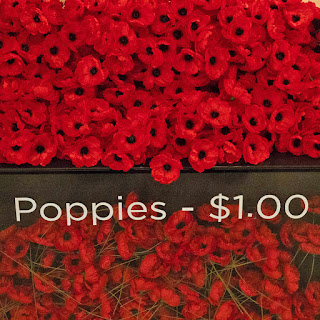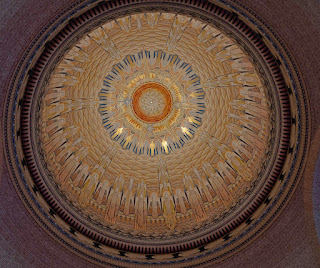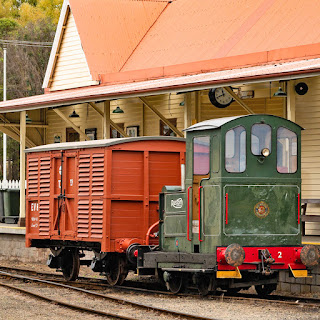Australia Blog #13 – 28 April 2019
Canberra - Australia's Capital
Depending on who you talk to, Australia’s capital city, Canberra, is either dynamic, livable, and welcoming or bland, soulless, and boring. To be honest, I’ve experienced both sides of that divide. However, I’m leaning towards welcoming and livable.
Canberra, similar to many capital cities, is filled with official institutions, public buildings, impressive museums, worthy monuments, and a certain amount of pretention. I’m told the city has the highest proportion of PhD’s in Australia. And it is squeaky clean and tidy.
In Australian parlance, Canberra is home to the Commonwealth Government, what Canadians would call the Federal Government. The pleasantness of this well-designed city is at odds with the blood-sport nastiness of its politics. Other words I have heard Australians use recently to describe their national politics include brutish, embarrassing, comical, blustering, inane, and just plain shameful. Not my words – the words of Australians.
A reality check for Canadian readers who are troubled by the SNC-Lavalin controversy in Ottawa: whatever you think of Prime Minister Trudeau’s handling of the affair, the whole thing is a Sunday School picnic compared to the cringe-inducing antics of Australian politics. As I read the Globe & Mail’s (too) gleeful daily accounts of the SNC affair in Tasmania, I couldn’t help but think that the Canadian media elite needed to stop catastrophizing what amounts to a clumsily-handled, run-of-the-mill political operation. The tiresome posturing and finger-wagging was hard to stomach, even 16,000 km away. You know what they say about liking sausages but not visiting sausage factories...
In any case, back to Canberra. Ignore the politics and you’ll have a fine time there. The museums are spectacular, especially the National Museum of Australia (link), the National Gallery of Australia (link), and the National Portrait Gallery (link). World-class, each and every one. Also worth a visit are the dramatic new Parliament House (link), the elegant old Parliament House (link), the Australian War Memorial (link), the Telstra Tower (link), and the very walkable and beautiful Australian National Botanic Gardens (link).
I hope you enjoy my photos of Canberra.
This blog post is the last about Australia for a while, or at least until our next visit. Next week, I plan to feature the text of a presentation I’m making on Sunday morning, May 5, at St. Andrew’s Presbyterian Church in Picton, Ontario. The presentation is called “Grace, Gravity & Getting Old”. My thoughts on the aging process. The title is a riff on the Quaker philosopher Parker J. Palmer’s recent book, On the Brink of Everything: Grace, Gravity & Getting Old. But there is an Australian connection: I spent several days writing the presentation while we were living in Tasmania’s Huon Valley – a perfect place for inspiration. The blog post will also feature photos from the beautiful National Rose Garden in Canberra.
As always, thank you for reading my blog.
The Australian War Memorial
The walls feature the names of every
Australian who served in conflict.
The Australian War Memorial
The Australian War Memorial
The Australian War Memorial
A plaque honouring Australians who served with
the Royal Canadian Air Force
The Australian War Memorial
Unidentified Australian Nursing Sister, WWI
The Australian War Memorial
Unidentified Australian Soldier, WWI
The Australian War Memorial
Dome over the Tomb of the Unknown Soldier
The Australian War Memorial
Wreath containing Australian flowers and plants
Old Australian Parliament Buildings
House of Representatives (Australia's Lower House)
Giants have walked here.
The National Museum of Australia
The National Museum of Australia
(detail)
The Australian National Botanic Gardens
World War One Monument
near the Old Parliament Buildings
Fountain near the High Court of Australia
Australia's New Parliament Buildings in the background;
Old Parliament Buildings in the foreground.
Photographed from the Australian War Memorial
















































